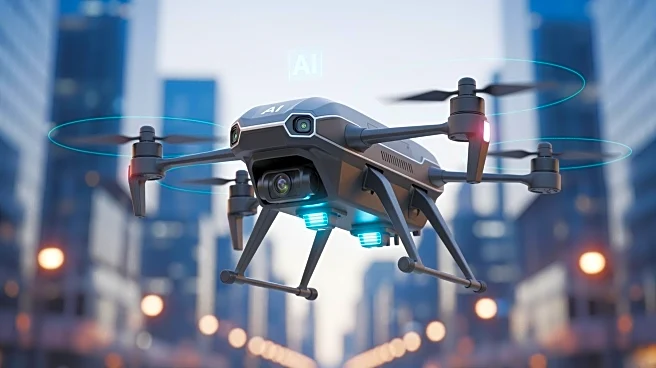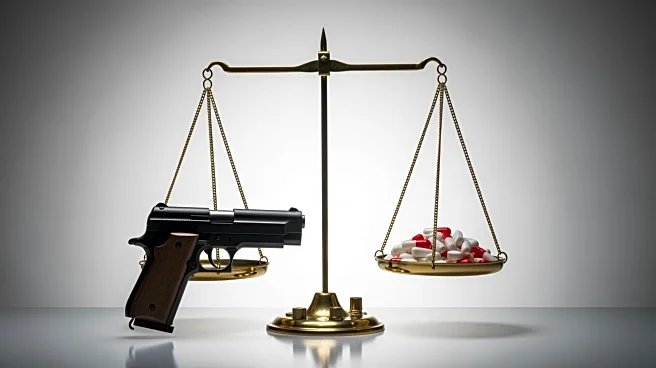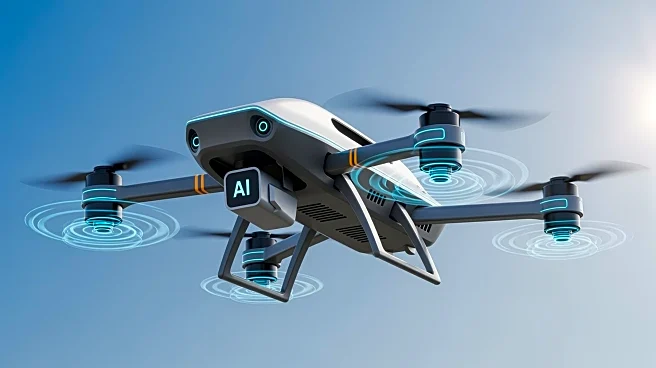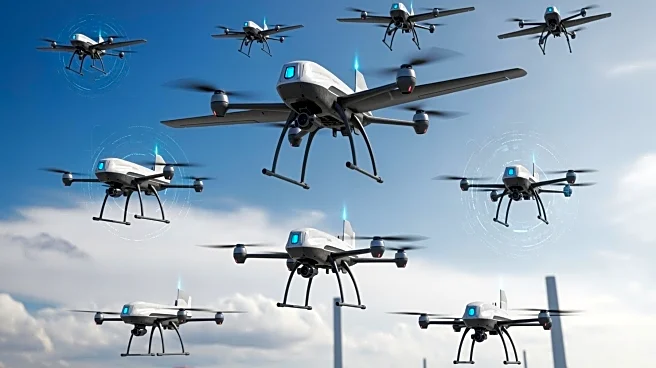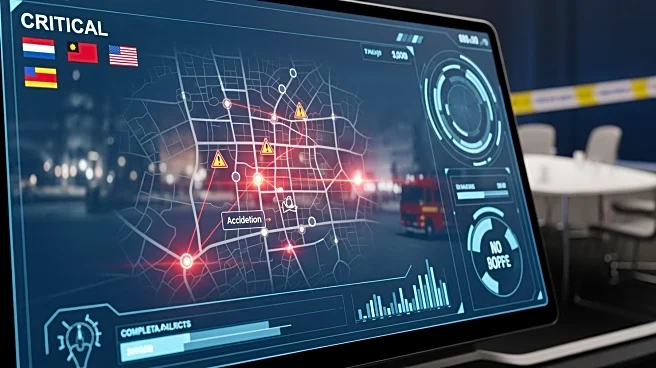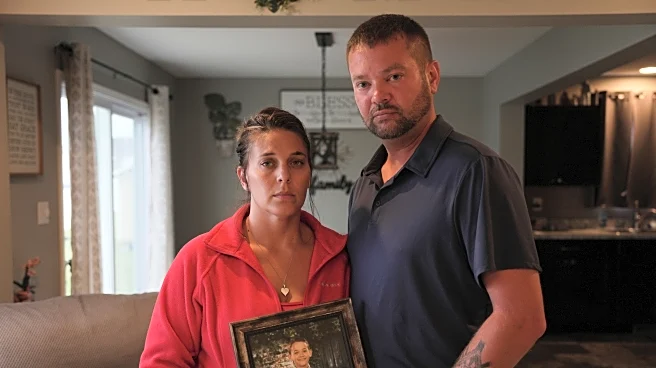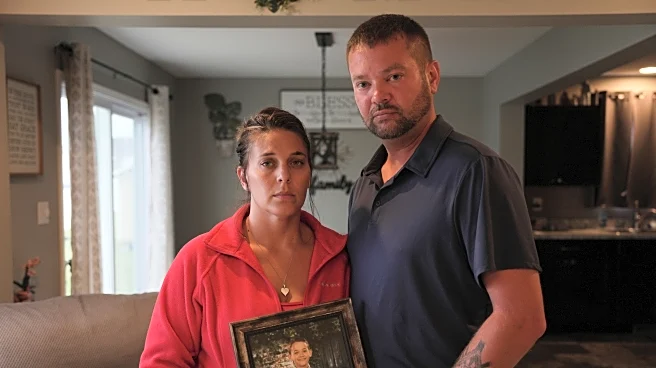What's Happening?
ZeroEyes, a Pennsylvania-based company known for its gun detection technology, has introduced its ZeroEyes Aerial Detection Kits (ZAD) designed for public safety agencies. These drones are equipped with AI threat detection and situational awareness capabilities,
providing real-time alerts and live camera feeds. The drones can identify firearms, vehicles, boats, other drones, and people, addressing the challenges of securing outdoor spaces. The technology aims to assist law enforcement in managing event security, armed suspect situations, searches, barricades, hostage scenarios, and domestic disputes. The initiative reflects a growing trend among public safety tech suppliers to incorporate drones into their offerings.
Why It's Important?
The introduction of AI-driven drones by ZeroEyes marks a significant advancement in law enforcement technology, potentially transforming how agencies handle security in outdoor environments. By providing real-time threat detection and situational awareness, these drones can enhance the effectiveness of law enforcement operations, improving response times and decision-making. The technology addresses the vulnerabilities of open spaces, offering a proactive solution to prevent unauthorized access and gun-related violence. This development could lead to increased adoption of drone technology in public safety, influencing policies and practices within law enforcement agencies across the U.S.
What's Next?
ZeroEyes plans to continue refining its drone technology and expand its applications in various law enforcement scenarios. As the technology gains traction, it may lead to collaborations with other public safety tech suppliers, further integrating AI and drone capabilities into security operations. Law enforcement agencies may begin to adopt these drones more widely, potentially influencing training programs and operational strategies. The success of ZeroEyes' drones could also prompt regulatory discussions on the use of AI and drones in public safety, addressing privacy and ethical considerations.
